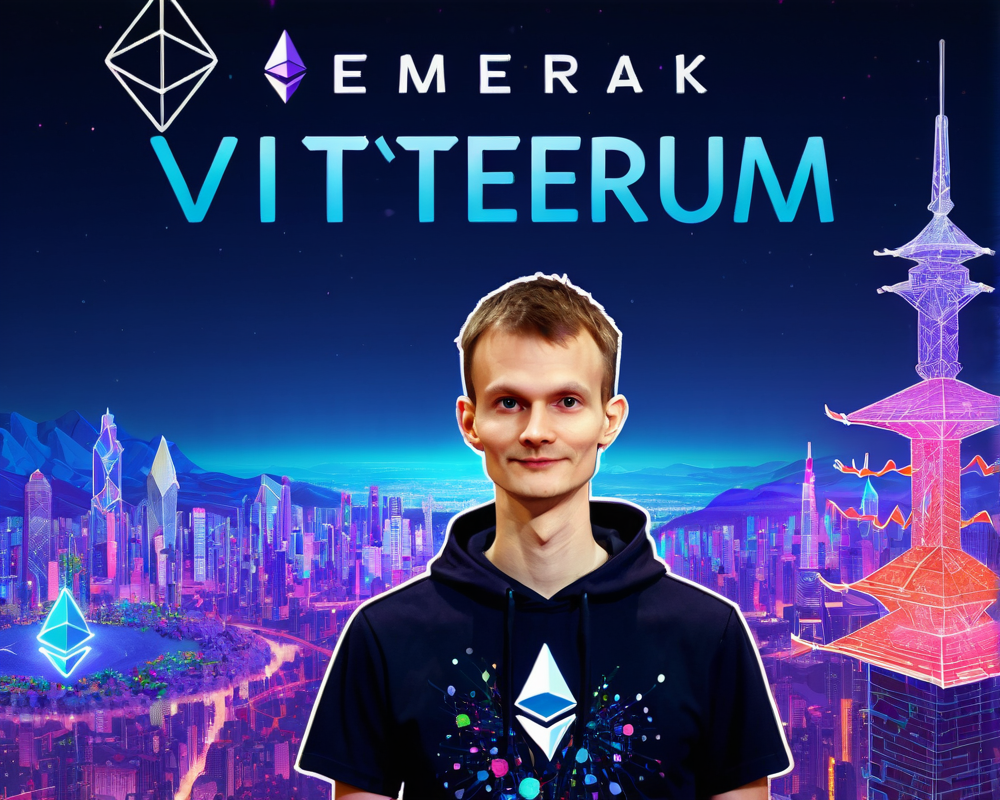The Evolution of Ethereum’s Layer-2 Landscape
Vitalik Buterin, co-founder of Ethereum, recently opened the vault on his blog, revealing a colorful panorama of the Ethereum layer-2 ecosystem. With multiple protocols aiming to enhance scaling capacity and cut costs, the landscape is more vibrant than a crayon box at a preschool.
Diversity in Layer-2 Solutions
Buterin pointed out that Ethereum Virtual Machine (EVM) rollups like Arbitrum and Optimism lead the charge in improving security measures. Think of them as the overprotective parents of the blockchain world—always ensuring their kids play nice and safe. But it doesn’t stop there; we now have newcomers like Kakarot and Taiko on the scene. It’s like a family reunion where every cousin brings a totally unique stew.
Understanding Different Layer-2 Types
Among the different types, we have:
- EVM Rollups: Pioneered by Arbitrum and Optimism.
- Sidechains: Polygon is strutting its stuff here.
- Almost-EVMs: zkSync is doing its own thing like a rebellious teenager.
Each of these solutions has its own flavor, catering to the diverse needs of the Ethereum ecosystem.
Future Trends in Layer-2 Projects
One of the key trends Buterin described is the increasing heterogeneity among layer-2 solutions. Some layer-1 projects are eyeing a cozy transition to layer-2 status within the Ethereum family. It’s like wanting a promotion, but still needing to prove you can share office supplies without drama.
The Balancing Act
However, the road isn’t straightforward. Attempting an “all at once” migration could backfire spectacularly, much like trying to eat soup with a fork. On the flip side, waiting too long could mean missing the party entirely.
Security Considerations and Trade-offs
Buterin mentions that some centralized projects are seeking enhanced security and are now pivoting towards decentralized solutions. Traditionally, these ambitious souls would settle for “permissioned consortium chains,” but now they’re mixing it up. We’re talking about a half-hearted leap into decentralization—the kind of decision that raises eyebrows yet feels necessary.
Usability vs. Security
Deciding which functionalities require high security can be tricky. For example, when it comes to social media applications, crucial activities like username registration should be handled with care. Yet, less important tasks like sending casual posts? Well, if something goes wrong, the internet might survive without John Doe’s lunch pic.
The Future: What to Expect?
With the anticipated hard fork introducing EIP-4844, or as I like to call it, “proto-dank sharding,” things may get even more exciting. It’s set to boost data availability and make our blockchain experience smoother. Just imagine the possibilities! Will it come with free pizza? Probably not, but one can dream.
The Balancing Act Cont’d
As technology progresses, Buterin suggests a gradual shift towards a tighter coupling of security and scalability, which is essentially the sweet spot we’re all seeking. Kind of like the balance of flavors in a great chili—too much spice can ruin the party!




